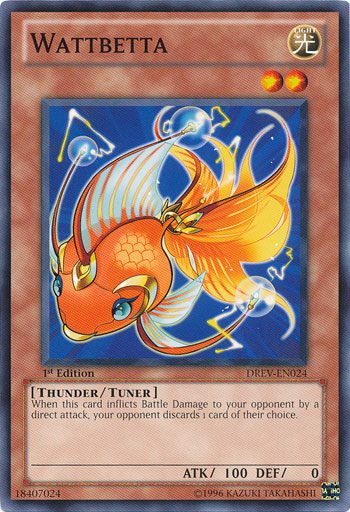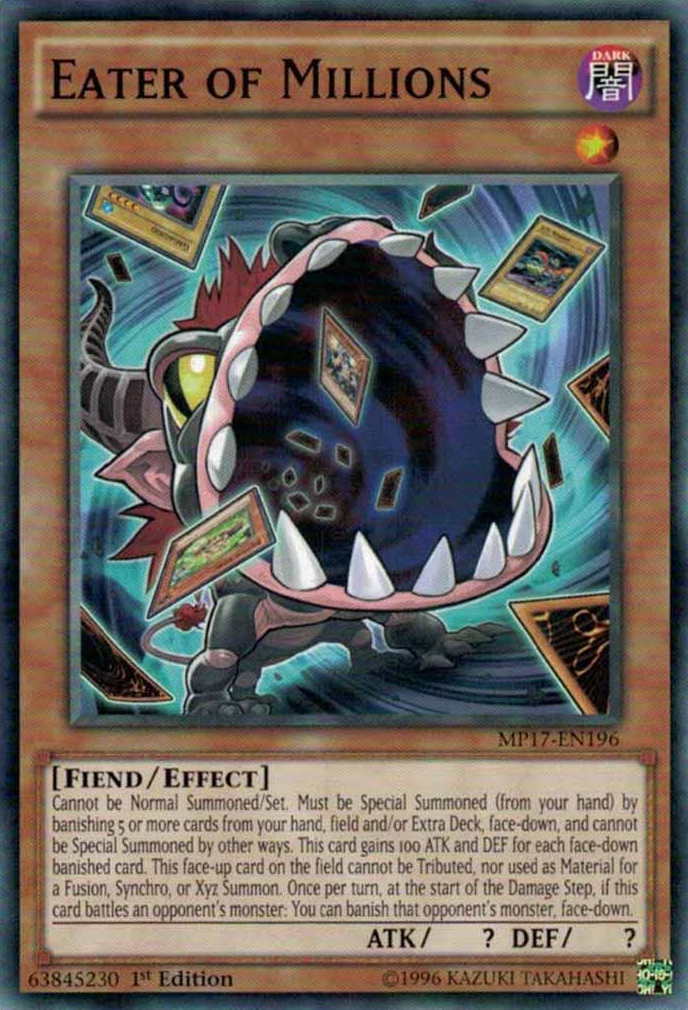- How To Play Spanish Playing Cards
- Spanish Playing Cards Rules
- Spanish Card Games
- Spanish Playing Card Games
Continental is a game like Gin Rummy, Remigio or Canasta, where the aim is to combine cards. It has two characteristics that make it different: melds that have to be made after each deal are fixed and players are allowed to take other players' discard out of turn, drawing an extra 'penalty' card from the stock deck.
Aim of the game
Meld the cards in the established combinations and show them, with the cards that the player holds in their hand, melded or not, scoring. The one with the least number of points at the end of the match wins.
Each subsequent player must play a card that has some 'match' with the card before it—this can be matching a word to an associated image, matching images or matching words. Basic Spanish is good for beginning Spanish students and will help players learn basic Spanish words and connect them to their actual meaning rather than. The player who gives out the cards shuffles them, the deck is then cut by the player to the dealer's left, who in doing so, cannot take or leave fewer than four cards. Then the dealer gives each player three cards, one by one, in a anti-clockwise direction, turning the next card face up which is the one that will be the trump suit, and which will remain visible next to the deck in the centre of the table.
Deck of cards
Continental is played using several 52 card Spanish poker decks, although English poker decks with the same number of cards are also admitted. The two wild cards (Jokers) per deck are also needed. For four players, the game starts with two decks and finishes with three. From five to eight players, it is best to start with two decks, add one after the first two partial games and another after the next two.
Continental is played using several 52 card Spanish poker decks, although English poker decks with the same number of cards are also admitted. The two wild cards (Jokers) per deck are also needed. For four players, the game starts with two decks and finishes with three. Playing card games are one of the most popular activities in the world. Tagr 4 7 1. Millions of people play hundreds of different types of playing card games every day. For non-native speakers of English, the problem is not how to use or play cards, but how to say the names of the different playing cards in English.
Number of players
From two to eight players, always played individually without forming pairs or teams.
Order and value of the cards
The order of the cards, as usual, is from ace to king consecutively.
The value of the cards is as follows: Microsoft office macbook pro retina.
| Wild card | 50 Points |
| Ace | 20 Points |
| K, Q, J, 10, 9 y 8 | 10 Points |
| 7, 6, 5, 4, 3 y 2 | 5 Points |
Dealing the cards
Players draw cards to see who will be the first to deal. The cards are shuffled and the cut, then each player is dealt six cards, one at a time, in an anticlockwise direction. The rest of the deck is then divided into two stacks, placed in the centre of the table. The stock deck usually contains more cards than the penalty deck. The top card of the stock deck is taken and placed face up to start the discard pile.
Gameplay

During their turn, each player can take the top card from the discard pile or the top card off the stock deck. At the end of their turn they put down one of their cards on the discard pile. If the player does not take a card from the discard pile, any following player can take it during their turn, drawing another card from the 'penalty' deck.
During their turn, the player who has melds that correspond to the game in progress can show them, although they do not finish due to having taken extra punishment cards, and keeping the remaining cards, combined or not.

During their turn, each player can take the top card from the discard pile or the top card off the stock deck. At the end of their turn they put down one of their cards on the discard pile. If the player does not take a card from the discard pile, any following player can take it during their turn, drawing another card from the 'penalty' deck.
During their turn, the player who has melds that correspond to the game in progress can show them, although they do not finish due to having taken extra punishment cards, and keeping the remaining cards, combined or not.
The advantages of a player showing their melded cards are:
- To reduce their penalty points should any player finish.
- To be able to place un-melded cards on other players' melds without having to undo, divide or place repeated cards on runs.
- To use the displayed wild cards. After showing their cards, any player can replace a displayed wild card for the card it represents, allowing them to use it in any other run. The only reason to use a wild card in another trio is to prevent other players from using it.
On the other hand, placing the cards down has the disadvantage of making it easier for other players to finish.
When someone finishes, each player proceeds to note down the value of the cards they still hold. The cards are then gathered up and the turn to be dealer passes to the next player, who deals out the corresponding cards, and so on. When the last hand is played, the player with the fewest accumulated points wins the match.
HANDS OR COMBINATIONS THAT CAN BE MADEPlayers can make the two following melds in each hand:
- Trio . Three cards of the same rank, regardless of suit.
- Run. Four consecutive of the same suit.
The wild card or Joker can be used to replace any other card in the deck. A trio can be made using two wild cards plus one natural one, but not by using three wild cards.
The maximum number of cards in a trio is determined by the number of decks in play (four cards per deck plus two wild cards). In a run, the maximum number is thirteen (all the cards of a suit), however, some of these can be substituted by wild cards. The run can start and finish with any card, with the ace being placed between the king and the deuce.
In Continental, the melds that players have to make are fixed and the order in which they have to be played is as follows:
- First hand. Six cards are dealt and two trios must be melded.
- Second hand. Seven cards are dealt and one trio and one run must be made.
- Third hand. With eight cards, two runs
- Fourth hand. Nine cards dealt, three trios.
How To Play Spanish Playing Cards
- Fifth hand. Ten cards are dealt to make two trios and one run.
- Sixth hand. With eleven cards, one trio and two runs.
- Seventh hand. With twelve cards, three runs.
Spanish Playing Cards Rules
If players wish to extend the game (usually if only three or four players participate), the number of cards dealt can be increased to sixteen, proceeding in following with the indicated scale.
- PENALTY CARDS
In Continental, any player can pick up a card discarded by another if none of the previous players have picked it up. If the player takes the discard during their turn, play continues as normal. If it is picked up out of turn, then they have to take another card from the 'penalty' deck. Due to this double draw, the player can be left holding cards in their hand after melding.
Any player who chooses to pick up their own discard, if none of the other players have taken it, must take another card from 'penalty' deck.
Spanish Card Games
Scoring
Spanish Playing Card Games
When a player matches all of their cards and ends the hand, the other players must note down the value of the cards they are still holding, even if they form part of a combination.

